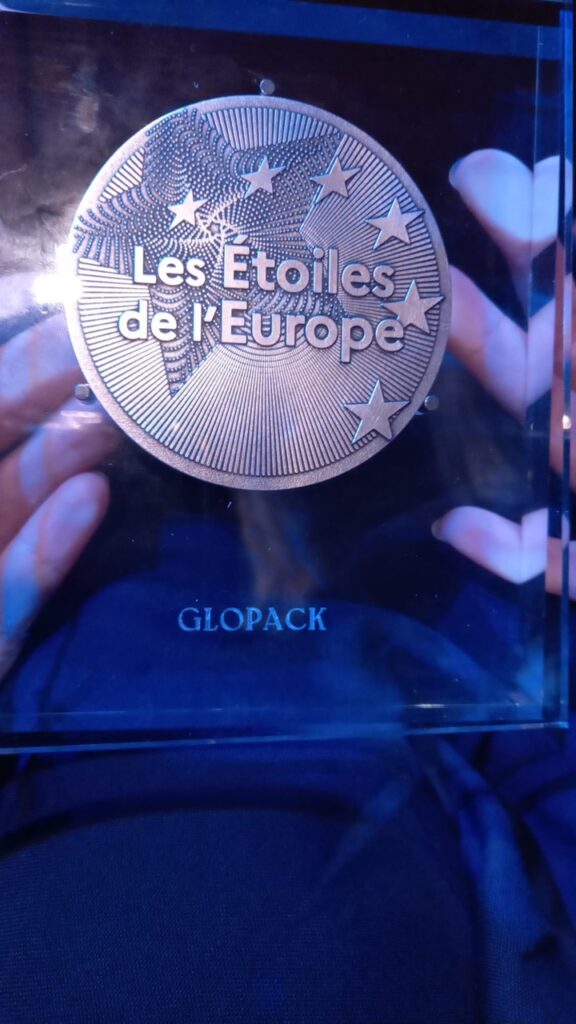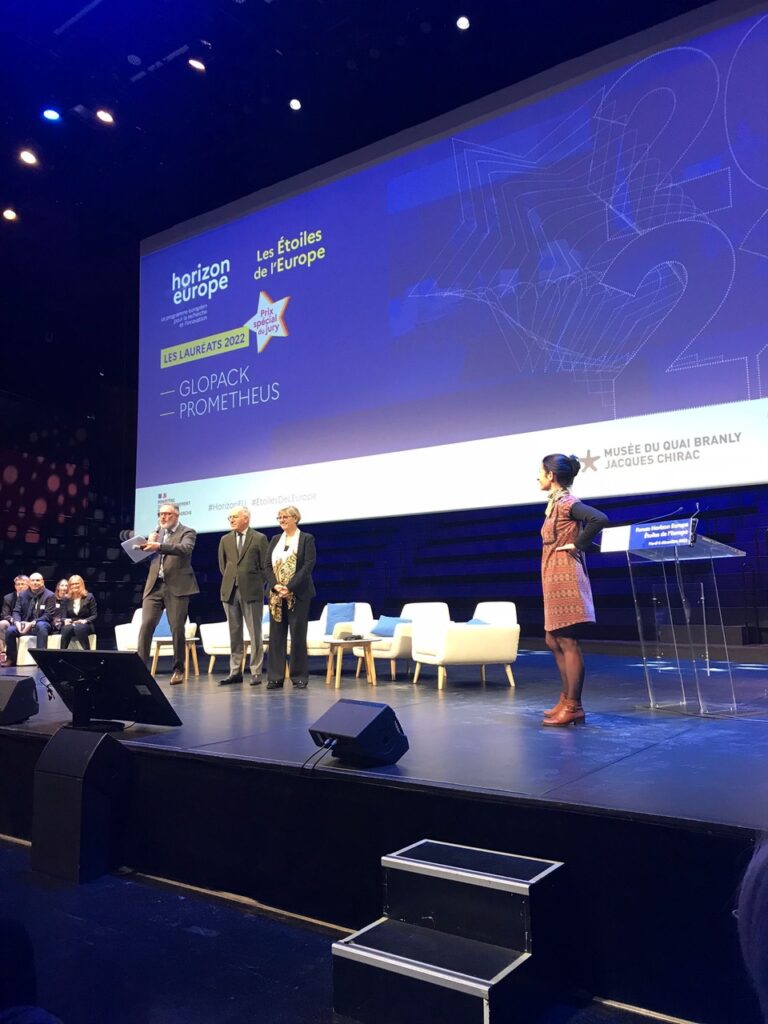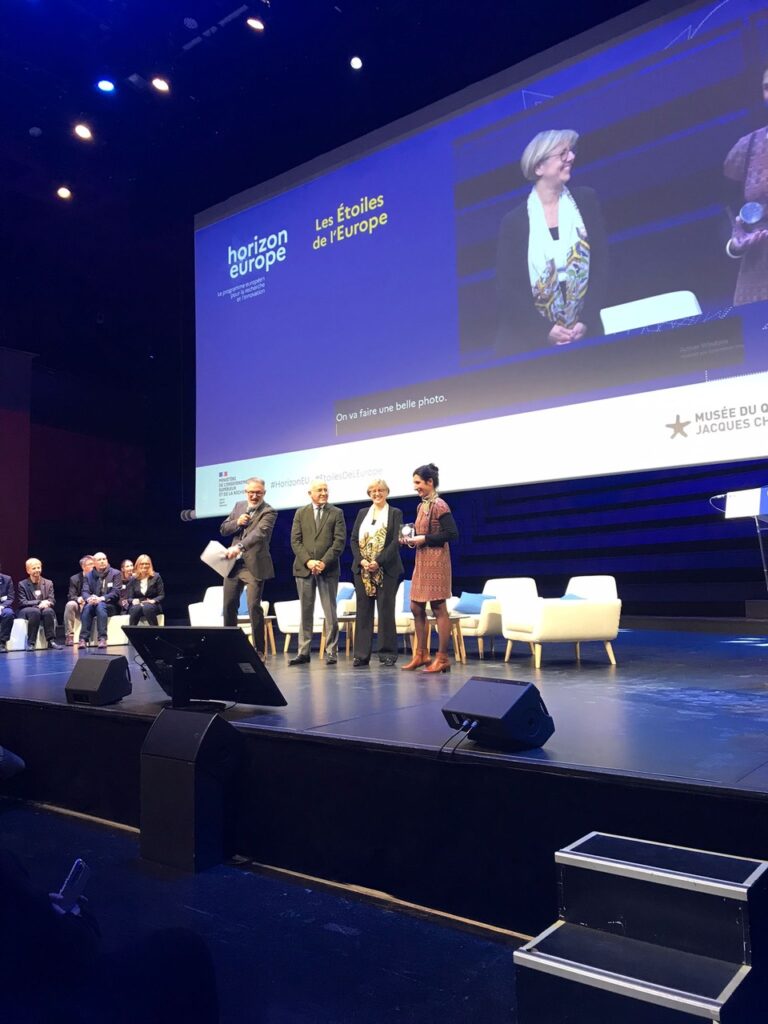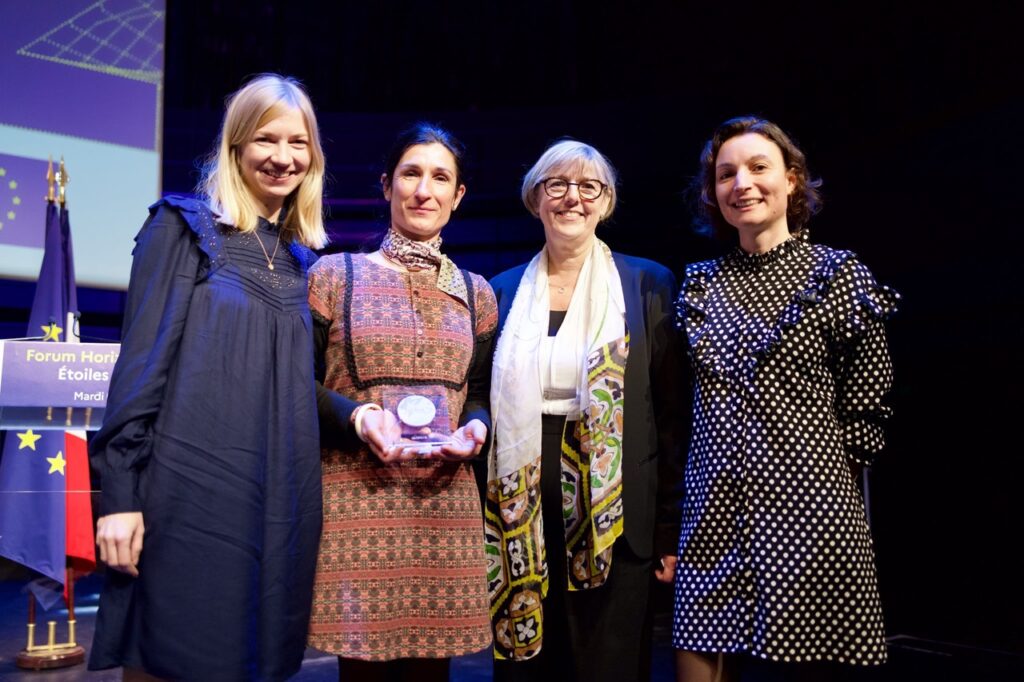GLOPACK, the project that won over the jury of the European Stars
Valérie Guillard, researcher at the Agopolymers and Emerging Technologies Laboratory (IATE), is the winner of the European Stars, which recognize research and innovation for the GLOPACK project, which explores food packaging with low environmental impact.
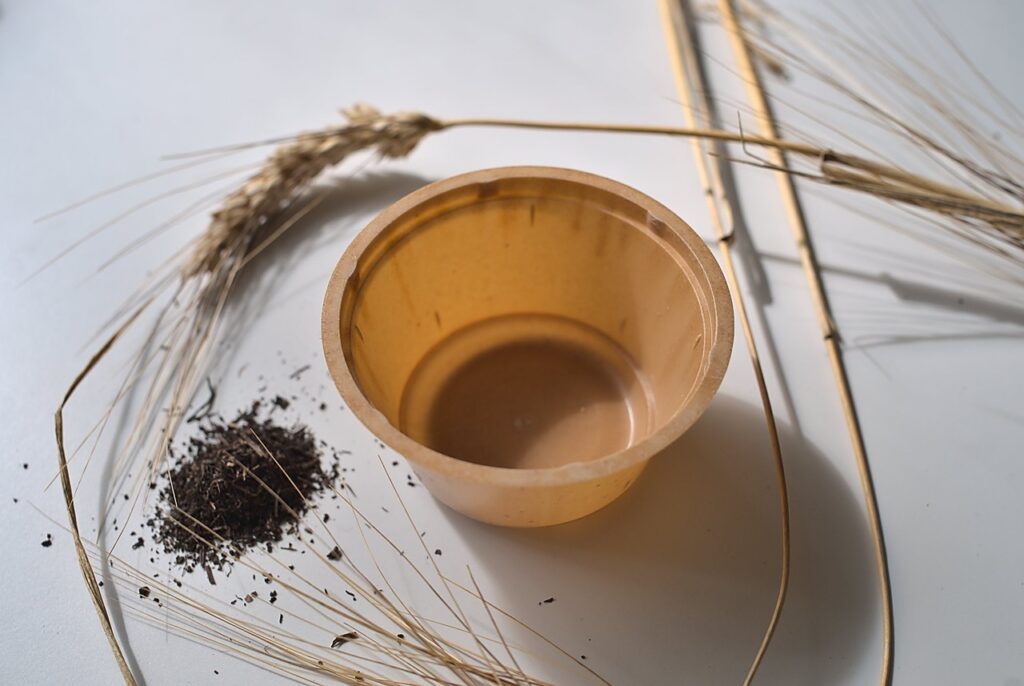
At the time, it was a minor revolution in the food industry. Lightweight, malleable, and economical, plastic quickly emerged as the panacea for packaging. Lesieur was the first to take advantage of this, launching the first PVC bottle on the market in 1963. "The extraordinary properties of plastic have contributed significantly to the development of the food industry, particularly by maximizing the shelf life of products, which has represented a considerable economic gain," says Valérie Guillard, a researcher at the IATE laboratory.
Environmental concern
Sixty years later, the issue has shifted because plastic is everywhere. In the oceans, in rivers, on glacier peaks, in animals' bodies, in breast milk. Whether macro, micro, or nano, not a month goes by without plastic being found where it shouldn't be. "Environmental concerns about pollution from plastic packaging emerged in the 2000s, and from there arose the need to develop other types of packaging with a lower environmental impact."
This is the essence of the GLOPACK project, for which Valérie Guillard received the European Stars Special Jury Prize, which recognizes coordinators of European research and innovation projects. The project is innovative in three ways, as it addresses three key challenges: the packaging of tomorrow will be bio-based and biodegradable, active, and smart.
Bio-based and biodegradable
While the recipe for this bioplastic made in Montpellier remains a secret, the ingredients can be revealed. "The packaging we have developed is made from a polymer derived from the fermentation of fruit juice industry waste and cellulose fibers,"explains Valérie Guillard. By formulating the mixture according to a sophisticated protocol and assembling it using innovative technologies, the researchers have obtained a material that looks just like plastic, but is completely biodegradable.
This polyhydroxyalkanoate, or PHA, easily meets this first challenge."Our goal is to achieve ultimate biodegradation under natural conditions, such as in soil or household compost," adds the researcher, who points out that it can also be reused. The result is a material that does not accumulate in the environment and reduces the ecological footprint of packaging.
Active and intelligent
The icing on the cake: this packaging, developed by the IATE laboratory, is designed to be active and intelligent. "Active because it improves food preservation and shelf life without the use of additives." And smart because it incorporates RFID indicators of food deterioration, "like a new generation of self-adjusting expiration date labels,which are essential for reducing food loss and waste ," explains the specialist.
Beyond the technological aspect, the GLOPACK project also aims to implement a marketing strategy that includes the deployment of decision-making support software tools, communication activities, business plans, and sustainability scores."To this end, we have developed software tools designed to help agri-food professionals, which take into account multiple criteria such as the material used, its benefits in use, but also its post-use." The researchers are therefore proposing a "packaging score" which, like the Nutriscore, allows the materials tested to be rated so that they can be compared more easily. "This work on scoring is crucial and goes further than what currently exists in terms of plastic footprint indices."
When will we see GLOPACK-branded trays on supermarket shelves? "The whole idea behind the project was, of course, to transfer the technology to the industrial world. We hope that after another two or three years of development, our industrial partners will be able to bring packaging from the GLOPACK project to market," concludes Valérie Guillard. This project, which impressed the European jury, has had a real and tangible impact.
